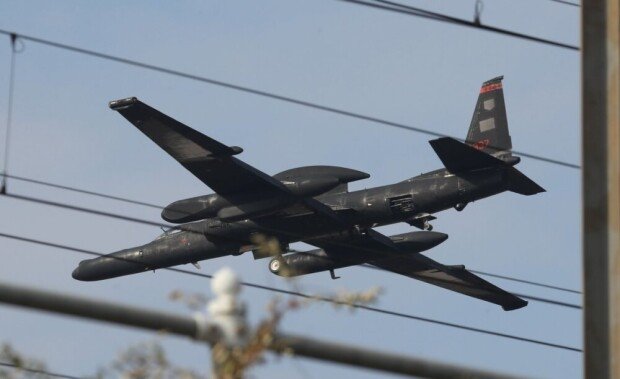N. Korea launches suspected spy satellite Tuesday night
N. Korea launches suspected spy satellite Tuesday night
Posted November. 23, 2023 07:55,
Updated November. 23, 2023 07:55


The Korean military authority deployed unmanned reconnaissance aerial vehicles to the Military Demarcation Line (MDL) at 3 p.m. on Wednesday, 16 hours after North Korea’s launch of a spy satellite.
On that day, the military reportedly deployed several UAVs at various locations near the MDL in the eastern and western regions, deploying division and corps-level UAVs to conduct reconnaissance and surveillance on North Korean military activities, including the movement of long-range artillery positions. Since the signing of the inter-Korean military agreement on September 19, 2018, the access of these unmanned aerial vehicles to the MDL has been blocked for five years, rendering them non-operational. “With the recent lifting of restrictions, high-intensity precision reconnaissance on North Korean military activities, including the movement of its long-range artillery, have resumed after an interval of five years,” a military source stated.
The military reported that a significant amount of high-value visual intelligence has been obtained and that it plans to increase the frequency and intensity of reconnaissance activities in the event of heightened signs of provocations from North Korea. “We will reinstate aerial surveillance and reconnaissance activities in the vicinity of the MDL in response to signs of provocations from North Korea,” the South Korean defense ministry stated. Earlier on Wednesday, at the cabinet meeting chaired by Prime Minister Han Duck-soo, a resolution was passed to suspend the effectiveness of the provision in the September 19 agreement that lifted the no-fly zone. President Yoon Suk Yeol, who is visiting the United Kingdom, approved the suspension bill electronically.
President Yoon pointed out that North Korea’s launch of a so-called military spy satellite, regardless of its success, is aimed at enhancing its surveillance capabilities against South Korea and improving the performance of intercontinental ballistic missiles (ICBMs) and that it constitutes a measure to put into action the threat of nuclear and missile provocations. “Simply by replacing the warhead (payload) of the satellite launcher, it can become an ICBM,” a senior government official stated. “There is a possibility that Russian technicians, who visited North Korea back in August, may have transferred technology related to the three-stage propulsion system that caused the failure of the second satellite launch, as well as reconnaissance satellite technology.”
In the meantime, North Korea claimed that the Chollima-1, a satellite launcher, flew along the planned flight trajectory and accurately placed the Malligyong-1 satellite into orbit. However, the South Korean government authorities believe that while the launch of the projectile, which employs the same technology as that utilized in an ICBM, was successful, the Malligyong-1, a military reconnaissance satellite, is currently known to be non-operational. There is a possibility that it failed to enter the orbit.
Sang-Ho Yun ysh1005@donga.com






